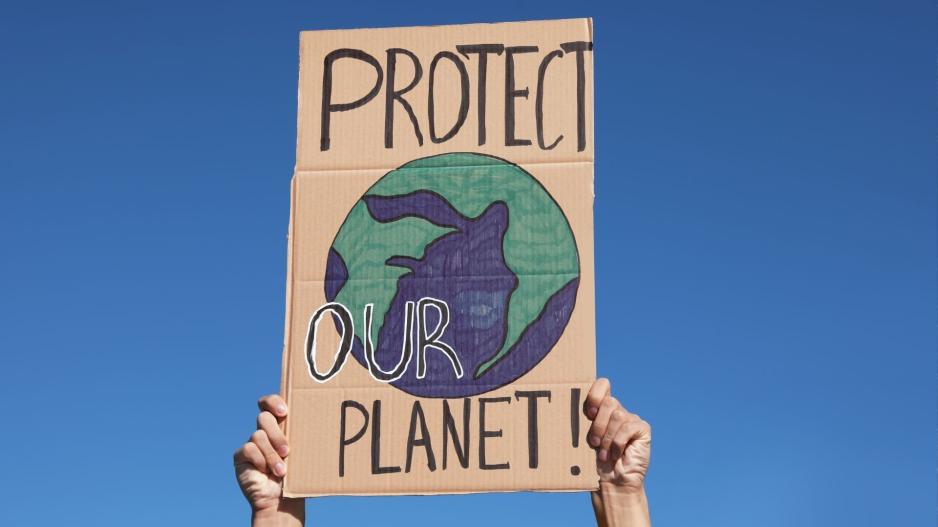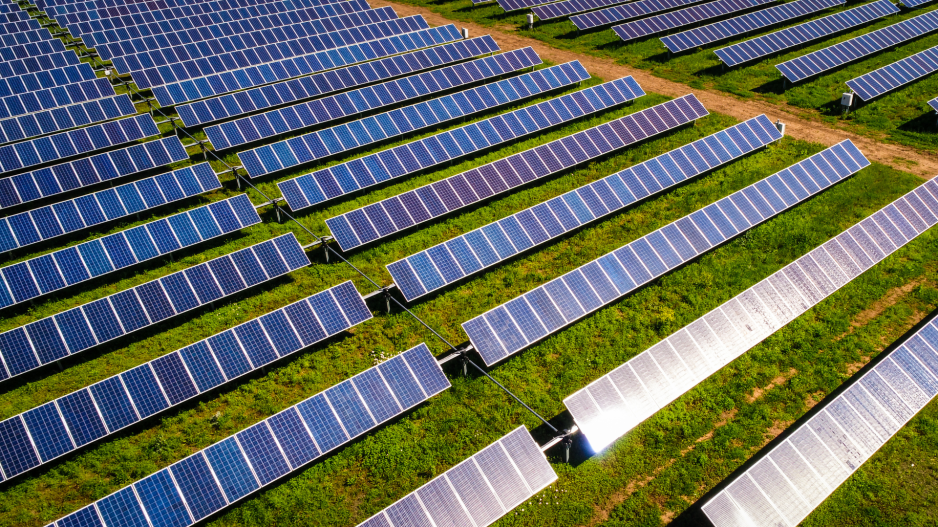5 Big Ideas That Could Solve Climate Change
Innovations And Collaborative Efforts To Secure A Sustainable Future
Climate change remains one of the pressing challenges of our time, as the world continues to grapple with its escalating impacts almost on a daily basis, meaning that the urgency for innovative solutions has never been more acute. From technological advancements to policy reforms, numerous big ideas hold the potential to mitigate the effects of climate change, reverse some of its most damaging consequences and pave the way for a sustainable future.
The state of climate change today is alarming, with its impacts becoming increasingly evident and severe. The past decade has been the warmest on record, with 2023 as the hottest year ever recorded to date. The frequency and intensity of extreme weather events, such as hurricanes, wildfires, and heatwaves, have also surged, which is another indicator of the extremity of the climate change situation, underscoring the urgent need for bold and innovative solutions to address the escalating crisis.
Carbon capture and storage (CCS) technology is emerging as a crucial component in the battle against climate change, aiming to capture CO2 emissions from industrial processes, like power plants, transporting it to a storage site and depositing it where it cannot enter the atmosphere, such as in underground geological formations. Recent advancements in this field are promising, albeit still in early stages of deployment.
According to the International Energy Agency (IEA), as of 2023, there are over 20 large-scale CCS facilities operating globally, capturing approximately 40 million tonnes of CO2 annually. Recent innovations have focused on improving the efficiency and cost-effectiveness of carbon capture processes. Advances in solvent-based capture technologies and the development of new materials for CO2 absorption show promise in enhancing capture rates and lowering energy consumption. Moreover, research into direct air capture (DAC) technologies, which remove CO2 directly from ambient air, is also gaining traction.
However, challenges remain, including the high costs associated with CCS deployment and the need for supportive policy frameworks to incentivize investment.
The transition to renewable energy sources has long been a central component to any long-term strategy to combat climate change. Solar and wind energy have seen substantial growth, driven by technological improvements and decreasing costs. The International Renewable Energy Agency (IRENA) reports a significant increase in the installation of renewable energy capacities on a global scale, setting a new 2023 record in renewables deployment in the power sector by reaching a total capacity of 3,870 Gigawatts (GW) worldwide, signaling a shift towards more sustainable energy systems.
Key initiatives driving this expansion include ambitious national targets and policies promoting renewable energy deployment, such as feed-in tariffs, tax incentives, and renewable portfolio standards. Countries like China, the United States, and India have emerged as leaders in renewable energy deployment, investing heavily in solar and wind power infrastructure.
Moreover, the integration of green energy goes beyond electricity production. Innovations such as green hydrogen, which uses renewable energy to produce hydrogen from water, are paving the way for clean energy solutions in sectors that are difficult to electrify, such as heavy industry and transportation. Additionally, the integration of energy storage solutions, such as lithium-ion batteries and pumped hydro storage, is crucial for overcoming intermittency issues associated with solar and wind power.

While technological solutions are critical, their effectiveness is significantly enhanced by robust global policies, especially on an international level. The Paris Agreement, adopted in 2015 by nearly 200 countries, represents a landmark international commitment to limit global temperature rise well below 2 degrees Celsius and pursue efforts to limit it to 1.5 degrees Celsius.
As of 2023, countries are increasingly under pressure to enhance their Nationally Determined Contributions (NDCs) to align with the long-term goal of achieving net-zero emissions by mid-century, while there is still a substantial progress to be made in order to avert the most catastrophic impacts of climate change.
Future agreements could enforce more stringent emissions reductions and include mechanisms for monitoring and verifying compliance. Additionally, there is a growing call for including climate justice in global agreements, ensuring that policies also address social and economic inequalities that are exacerbated by climate change. Efforts to strengthen global environmental agreements include enhancing transparency and accountability mechanisms to track progress towards climate goals.
Economic instruments and policies are essential tools in driving transformative change towards a low-carbon economy and mitigating the impacts of climate change. As of 2023, countries and regions around the world are increasingly leveraging market mechanisms and regulatory frameworks to incentivize emission reductions and foster sustainable economic growth.
One of the most widely recognized economic instruments is carbon pricing, which puts a price on carbon emissions to reflect their environmental cost and encourage polluters to reduce emissions. According to the World Bank, as of 2023, over 60 jurisdictions have implemented carbon pricing mechanisms, covering approximately 22% of global greenhouse gas emissions. These mechanisms include carbon taxes and emissions trading systems (ETS), such as the European Union Emissions Trading System (EU ETS), which is the largest carbon market in the world.
Furthermore, investment in climate resilience is also gaining traction. This includes funding for infrastructure that can withstand extreme weather events, as well as investments in climate adaptation technologies that help communities adjust to the changing environment.

Reforestation and afforestation initiatives are pivotal strategies in combating climate change by enhancing carbon sequestration and biodiversity conservation. As of recent reports, global deforestation continues at an alarming rate, with approximately 10 million hectares of forest lost annually. This trend contributes significantly to greenhouse gas emissions and threatens biodiversity and ecosystem services crucial for human well-being.
Efforts to scale up reforestation and afforestation have gained momentum globally. The Bonn Challenge, launched in 2011, aims to restore 350 million hectares of degraded and deforested land by 2030. Moreover, initiatives like the Trillion Trees Campaign, a collaboration between various organizations including the World Economic Forum and WWF, aim to plant and conserve one trillion trees globally by 2030. This ambitious goal not only enhances carbon sequestration but also promotes sustainable development and resilience to climate change impacts.
The solutions to climate change are as complex and interconnected as the problem itself. Technological innovations, policy advancements, and global cooperation are all critical components of a comprehensive strategy to mitigate and adapt to climate changes. While the challenges are immense, the continuing development of innovative solutions and policies provides a hopeful path forward. As nations and industries rally towards a more sustainable and equitable future, the integration of these big ideas could indeed turn the tide in our global fight against climate change.






